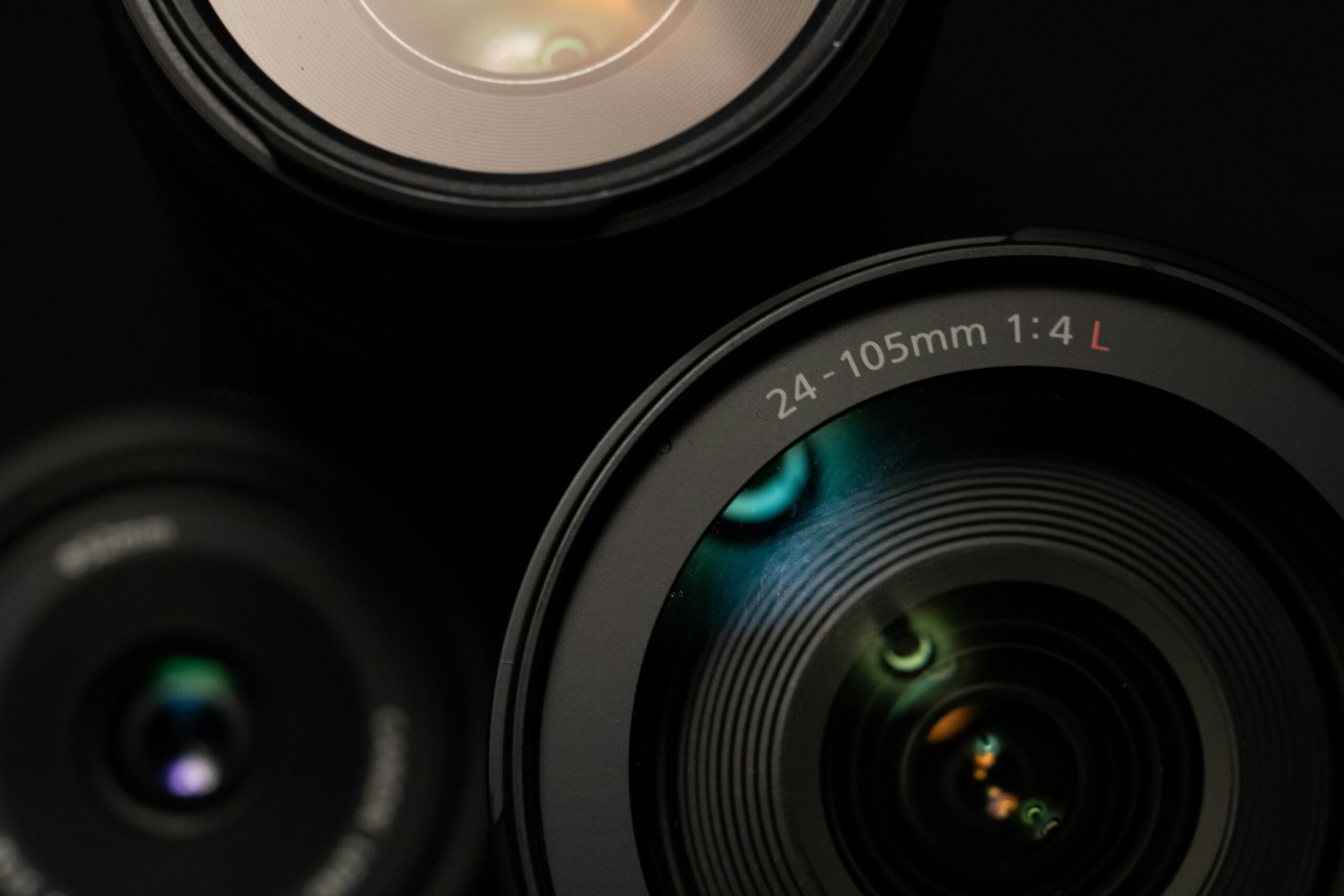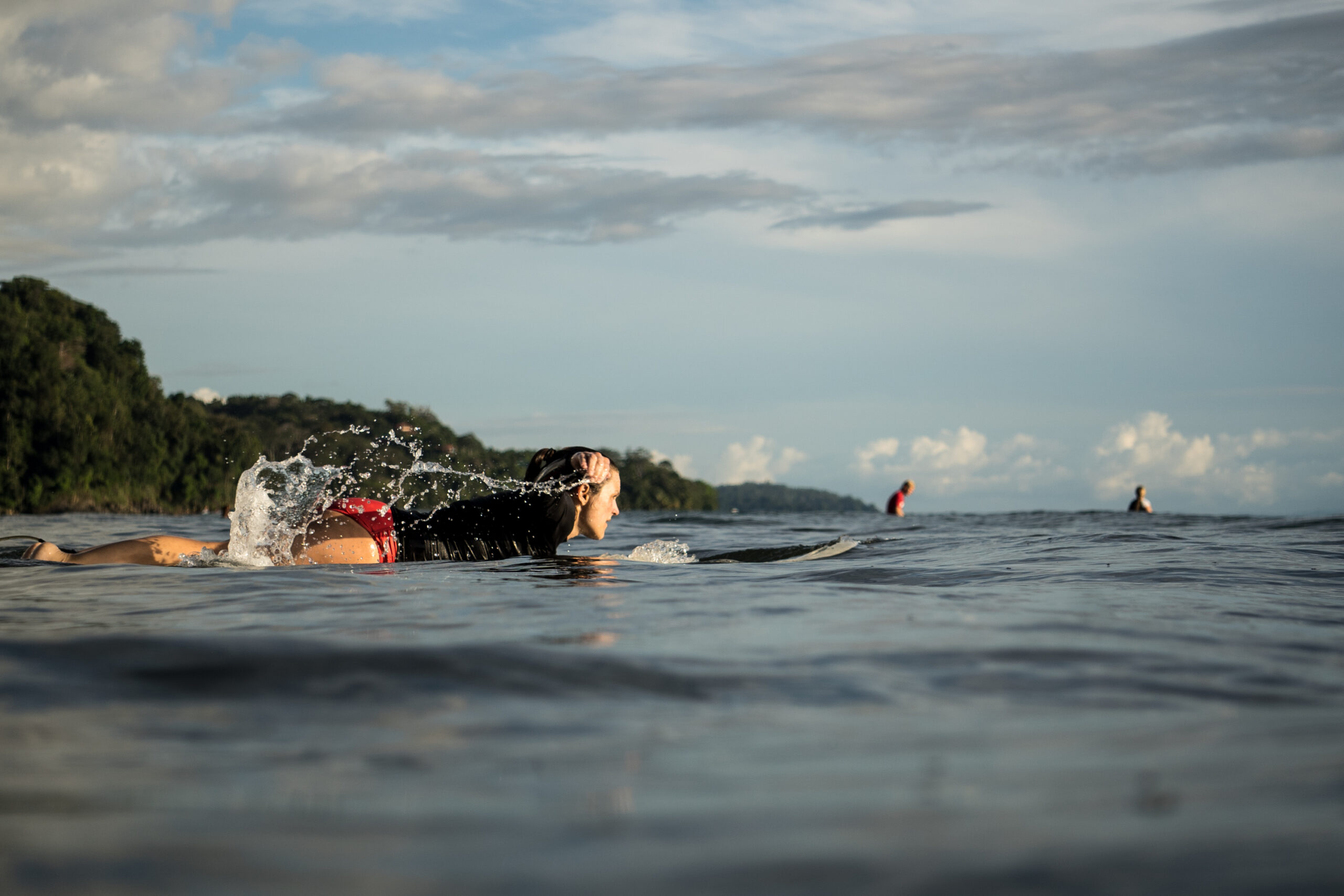
In a recent ProdPad webinar, I sat down with Janna Bastow for a fireside chat. This was an opportunity to explore how the principles of surfing can revolutionize product leadership and business agility.
In this article, I share highlights of our conversation in order to offer a unique perspective offers product managers, owners, and leaders a fresh framework for navigating uncertainty and complexity in today’s fast-paced market.
My journey began in traditional IT project management – a plan-driven waterfall approach. Despite my organizational skills and success, I found herself overworked and stressed by the constant pressure to force outcomes and maintain rigid plans. Everything changed when a colleague introduced me to Scrum and agility—it was the approach I had naturally been seeking.
I shifted my career, but over time, I realized that teaching theory, processes, and frameworks wasn’t enough. The missing element was personal growth and leadership development:
“We can teach the theory and the practices and processes. But what I’m noticing is that people still struggle to actually change the way they’re approaching these frameworks. We’re still bringing a predictive, plan-driven mindset to how we’re using these tools.”
During the pandemic, I found myself in Costa Rica learning to surf. And I made this huge connection: the ocean is a natural emergent system, mirroring the complex, unpredictable environments product leaders navigate daily.
“The ocean is a natural emergent system, and when we’re trying to catch a wave, it’s the exact things that we talk about in agility, where all these variables are coming together to impact how that wave forms and the energy of that wave.”
Key insights from this connection include:
Just as surfers use all their senses to read wave patterns and energy, product leaders must actively observe market changes, customer data, and team dynamics. This multi-sensory awareness helps you identify emerging opportunities.
“As a surfer, you’re using all of your senses. You’re looking, you’re observing. In our organization, we’re noticing what’s happening in the market. We’re looking at what our product teams have been delivering iteratively and what the value is.”
Perhaps the most powerful insight is that surfing mastery comes through failing to catch waves, not from catching them. Similarly, product leaders develop intuition and expertise through intentional experimentation. Some things will work. Some will need to be tweaked. And sometimes it doesn’t work out at all, and you need to change direction.
“You don’t really learn to catch waves by catching waves. You learn to catch waves by failing to catch waves. That’s the majority of what you’re doing. But you get knowledge every single time.”
It may seem scary to think about failed experiments in product development. But remember that we can experiment in a smarter more strategic way to manage our risk. (For more on this topic, check out my article Beyond Fail Fast: A Smarter Approach to Innovation.)
Product leadership requires balancing urgency with intentionality—knowing when to move quickly and when to wait for a better wave. And when we do decide to go for the wave, we have to give it 100% – no hesitation.
“When I decide to go for the wave… if I hesitate, I’ll tell you what, the wipeout is going to be way worse if I hesitate versus if I commit fully.”
This parallels the challenge many product teams face with MVP development. Half-hearted efforts and false urgency often lead to bigger failures than committed experiments, even if those experiments ultimately fail.
Central to my approach is the distinction between Creative and Reactive Leadership. This is referring to our state of “being”, which will inform how we are seeing ourselves and situations, as well as any action we take.
“If I’m out there freaking out about the wave coming at me or upset because I haven’t caught a wave yet, I’m not going to catch the next wave because I’m in a reactive state.”
For product leaders, recognizing when you’re in a reactive state—perhaps panicking about competitors or fixating on deadlines—is crucial. This awareness allows you to shift back to a creative state where you can truly sense, respond, and innovate.
How can product teams apply these surfing principles?
When faced with stakeholders demanding certainty, shift conversations from outputs to outcomes. What benefits do we think our customers are going to get from that feature? What value are they going to get from this next release?
Product leadership isn’t about having all the answers.
Develop your skills to facilitate better conversations. Take advantage of the collective intelligence and the wisdom of the team.”
Approach product development like a surfer approaching waves—as experiments where each attempt provides new information.
“It’s really getting yourself into that mode of running experiments, but you have to be intentional in how you design that experiment.”
Make retrospectives more impactful by bringing in data while creating space for human aspects of the work. Look for trends rather than just isolated incidents.
While not everyone has access to ocean waves, the principles remain accessible. I recommend visualizing waves or watching surfing videos to internalize the flow state that great product leaders embody.
“Even by watching a video, you see a really good surfer is often dancing with the waves. They’re creating with the wave, creating with the natural energy that is emerging as they ride the face of the wave.”
For product managers feeling paralyzed by decision-making, remember that most decisions are reversible—they’re opportunities to learn and adjust course, not permanent commitments.
The intersection of surfing and product leadership offers a powerful metaphor for navigating complexity. By embracing emergence, cultivating presence, and shifting from reactive to creative leadership, product professionals can build more responsive and innovative teams.
“We’re not just sitting out there waiting for the perfect wave. We’re trying some things. We’re learning more.”
This experimental mindset, combined with intentional practice and self-awareness, is the essence of effective product leadership in unpredictable environments.
If you found this article valuable and want to listen in on the whole conversation, click here to access the ProdPad webinar.
For more insights on applying surfing principles to navigate complexity and unpredictability, download my free guide Leaders Ride the Waves.
I am also offering a free Inner Alignment Activation Training May 6-7 for people who are ready to break out of the trap of chasing certainty and instead seek clarity.



AGILE SOCKS is a registered trademark of Agile Socks LLC. Other marks used herein are the property of their respective owners. For more information see Trademark Notice in Terms & Conditions.